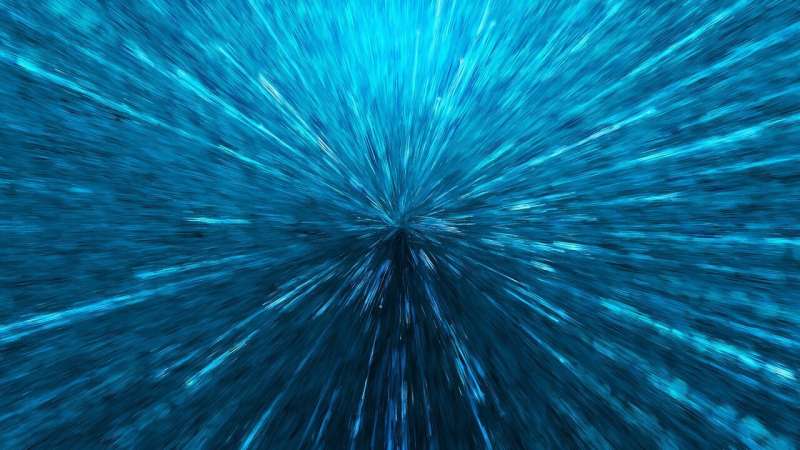A general theory on explosions that happen against deformable objects

In line with current international research about the interaction of matter with high energies, the University of Seville researcher Alfonso M. Gañán Calvo has studied the explosive behavior of matter subjected to the highest known energy densities produced by humans on the Earth. As a result, he has developed a general theory and the first predictive analytical model of a three-dimensional violent explosion against a liquid object (very deformable). The scientific article that gathers these results has been given the distinction of being highlighted as a suggested article by the editor of Physical Review Letters in the latest issue of that publication.
Specifically, the researcher has studied the mechanical behavior of a column of water of very small diameter (between five and 50 times finer than a human hair) when an uncommonly powerful energy density (high energy density over an extremely short period of time) is placed on it. As part of this analysis, he has developed a very precise model that quantitatively predicts the temporal evolution of the explosive damage in function of time, the evolution of the energy, and the dependency of these and other variables on the size of the column, the properties of the liquid and the energy deposited. The model derives from a general formulation that the researcher has proposed.
For that reason, existing data was used in the literature about very recent experiments about irradiation of microscopic streams of water with ultra-short X-ray pulses, achieving power densities of up to 3,000 million petawatts per cubic metre (a petawatt is equivalent to a million gigawatts). To have an idea of the resulting energy densities, they can be compared with the core of nuclear reactor, which releases some 20,000 GW/m3 (150,000 times less), and consider that the power density of a hydrogen bomb (for example, the Russian bomb Tsar Bomba) at the moment of and centre of explosion is thousands of times weaker.
The power density reached in the experiments was achieved thanks to the release of energies of a fraction of a joule over an extremely short time (some 30 femtoseconds, 0.03 times a billionth of a second) and in microscopic volumes (only a few femtolitres, that's a few cubic micra). The resulting uncommon energy levels make it possible to study the strange behavior that liquid matter exhibits (the researchers used water) when it is subjected to extreme power densities.
More information: Alfonso M. Gañán-Calvo. Scaling Laws of an Exploding Liquid Column under an Intense Ultrashort X-Ray Pulse, Physical Review Letters (2019). DOI: 10.1103/PhysRevLett.123.064501
Journal information: Physical Review Letters
Provided by University of Seville





















